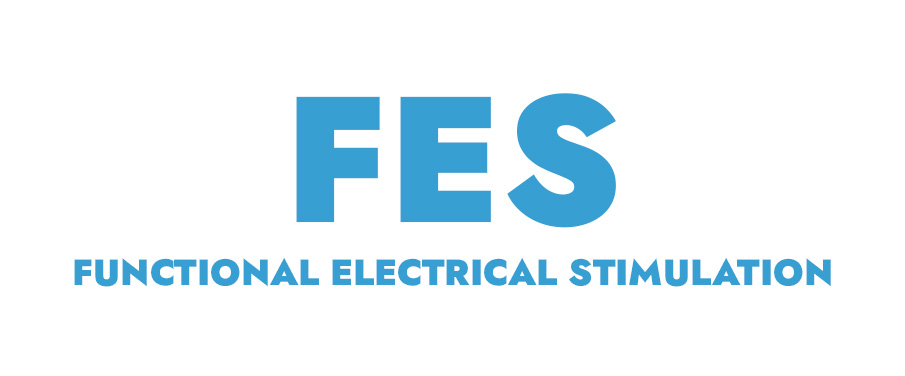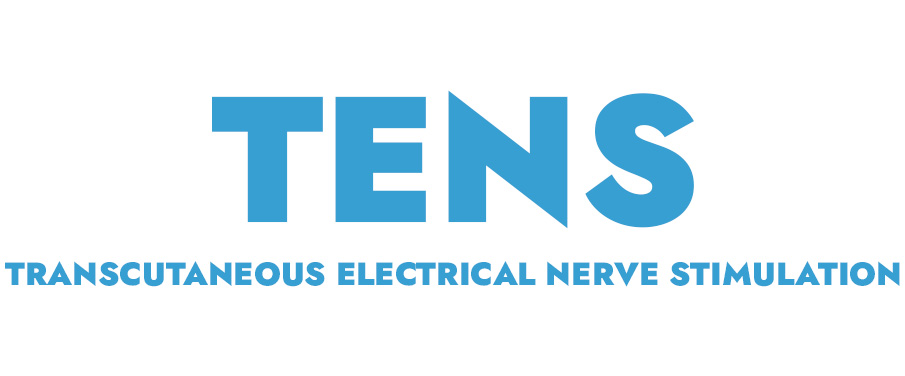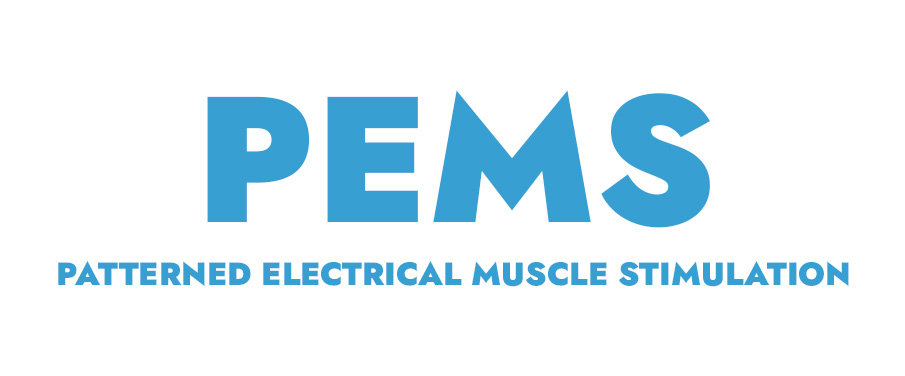The Science of Electrical Muscle Stimulation
The Neuro20 Approach
The Neuro20 PRO System features a Whole Body Electrical Muscle Stimulation (WB-EMS) Smart Suit and supporting software platform designed to be powerful, versatile, and tolerable, providing optimal results for recovery and human performance. With 4 main programs and 9 additional modes—each designed for NMES, FES, and PENS—the Neuro20 PRO System provides a multipurpose, single or multi-patient platform that offers clinicians and trainers broad options for client care.
The Neuro20 PRO System is the first wearable of its kind, delivering a rectangular-shaped symmetrical biphasic waveform with a maximum power density of 100mW/cm2 per channel with a maximum of 20 channels acting independently of one another. The Neuro20 PRO System utilizes low & middle-range frequency electrical muscle stimulation to create a motor neuron recruitment of muscle fiber (involuntary contraction), thereby bypassing the neural pathway that occurs during voluntary muscle recruitment.
The physiological benefits of Electrical Muscle Stimulation are:

Neural
Plasticity
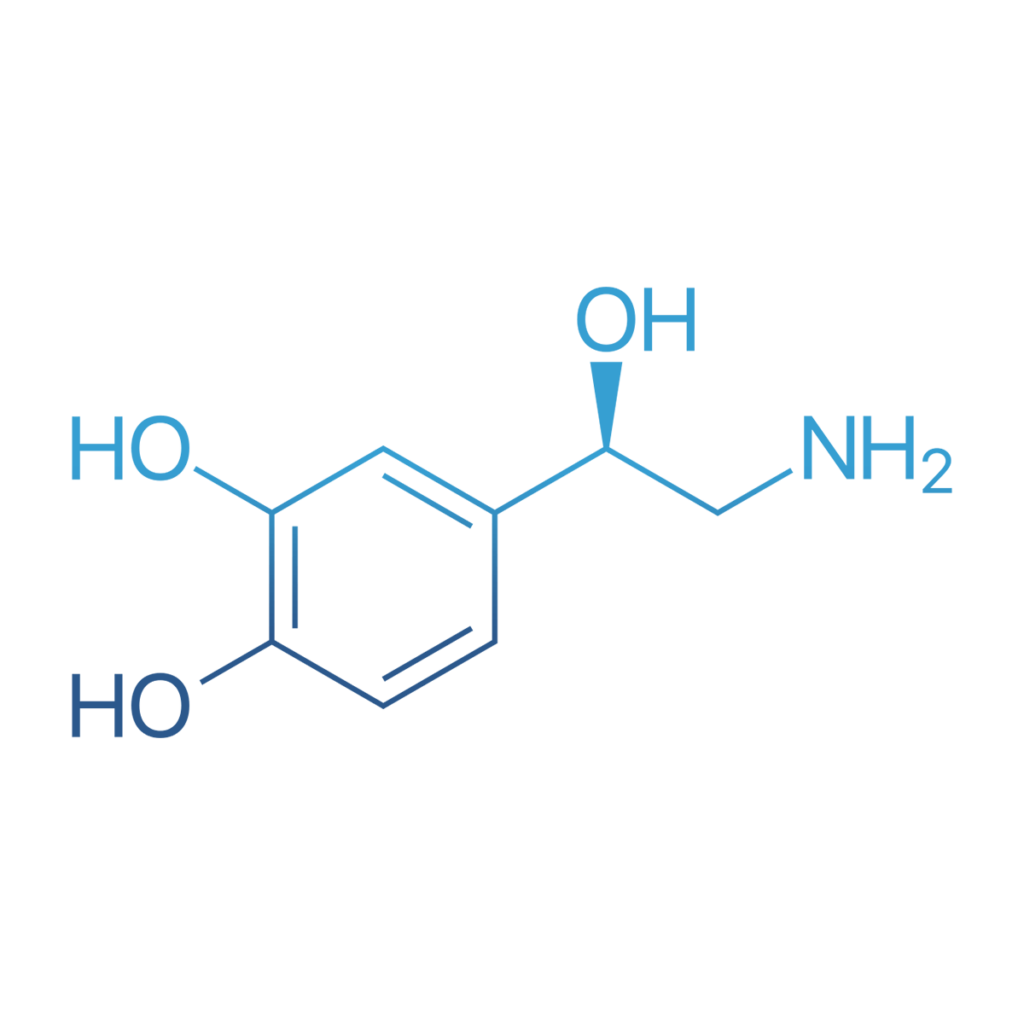
Norepinephrine Increase
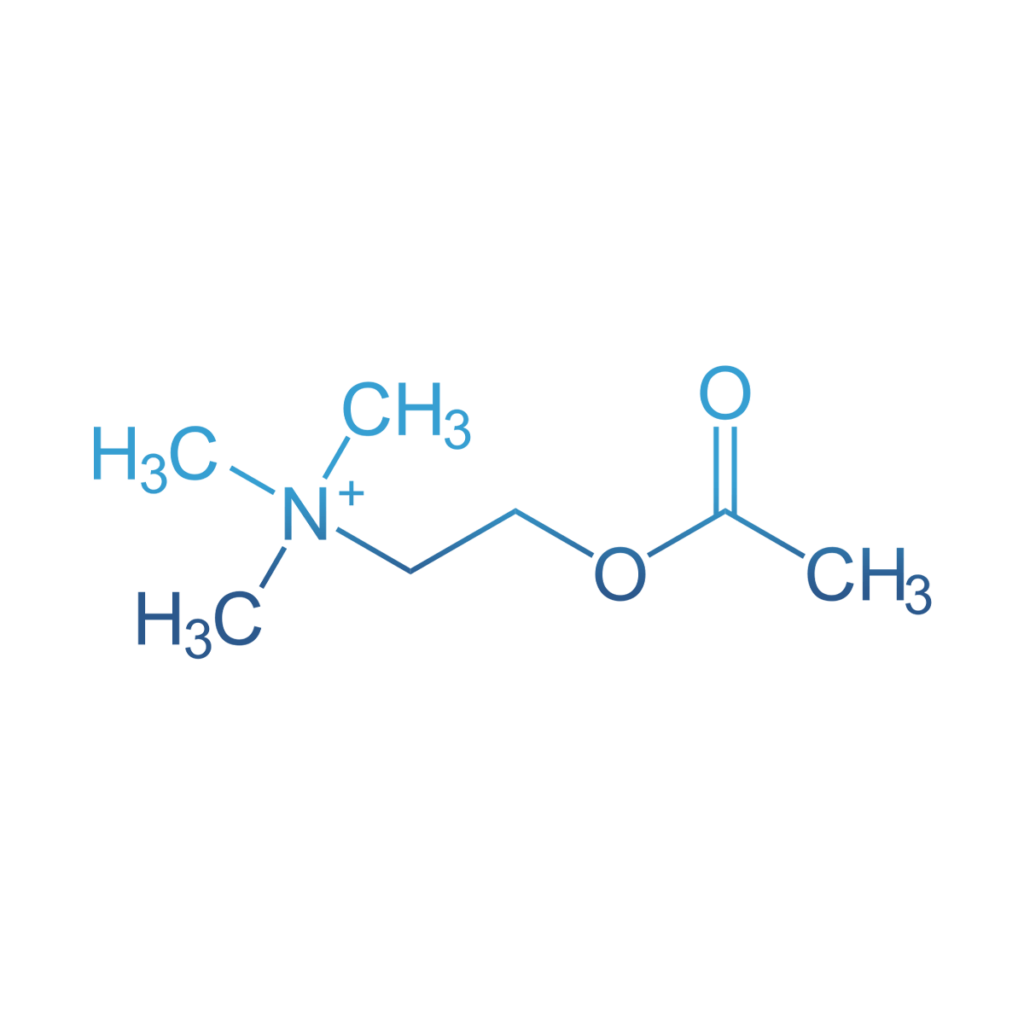
ACh
Increase

Increased
Blood Flow
Promotes healing, joint recovery, increases tissue temp, synovial fluid, metabolic flushing

Pain
Management

Increased Lactate Production

Motor
Re-Education

BDNF
Production
Types Of Electrical Stimulation
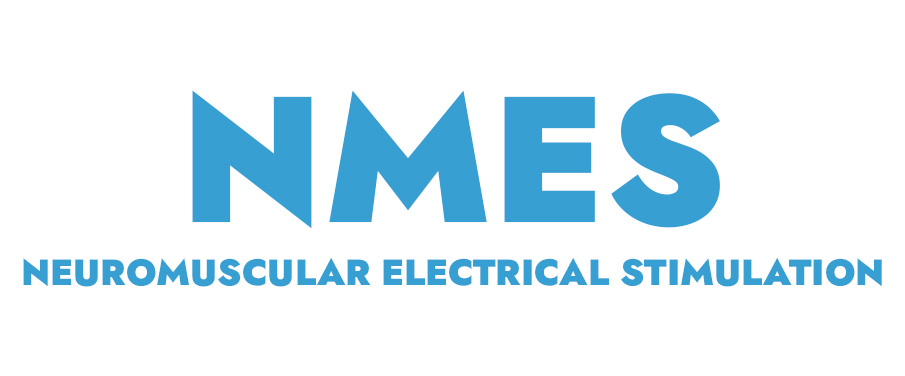
NMES occurs when current passes through the electrodes into the body, and the motor nerves are stimulated, causing a muscle contraction. The intensity and frequency of stimulation can vary based on the level of muscular function and response to treatment.
